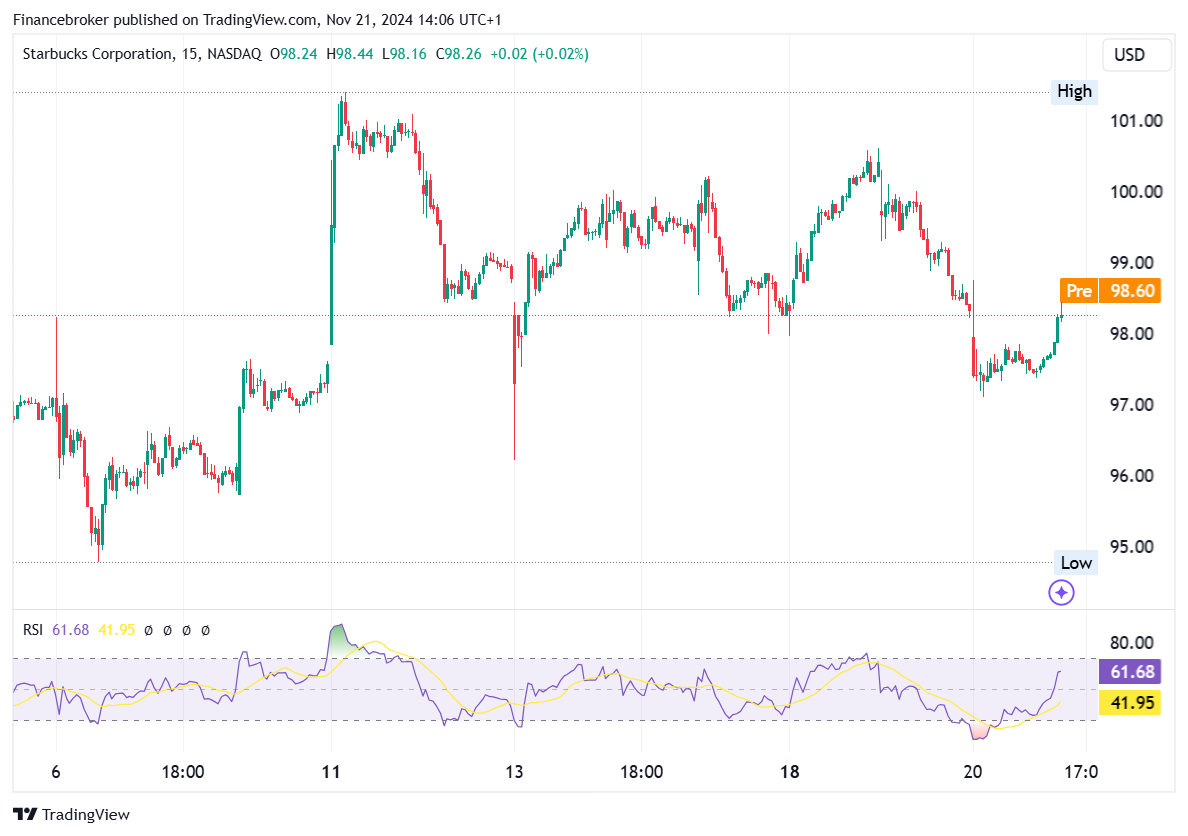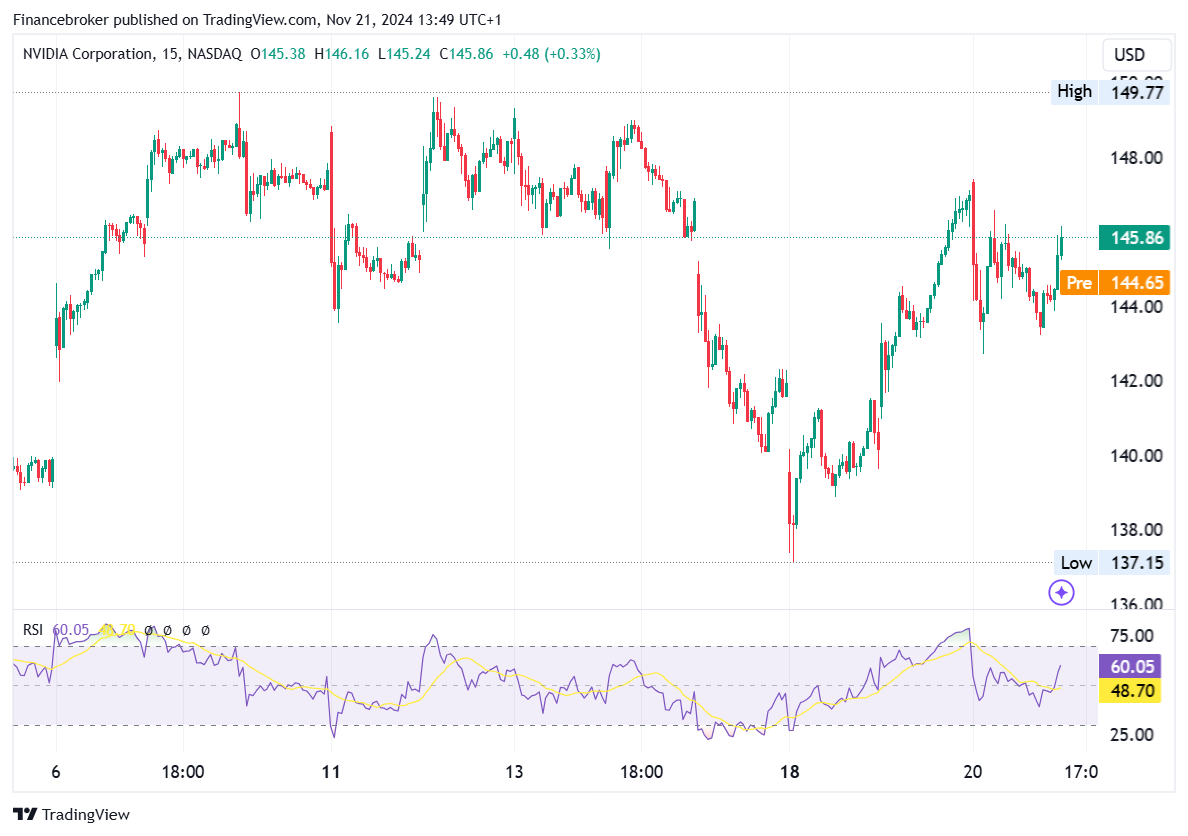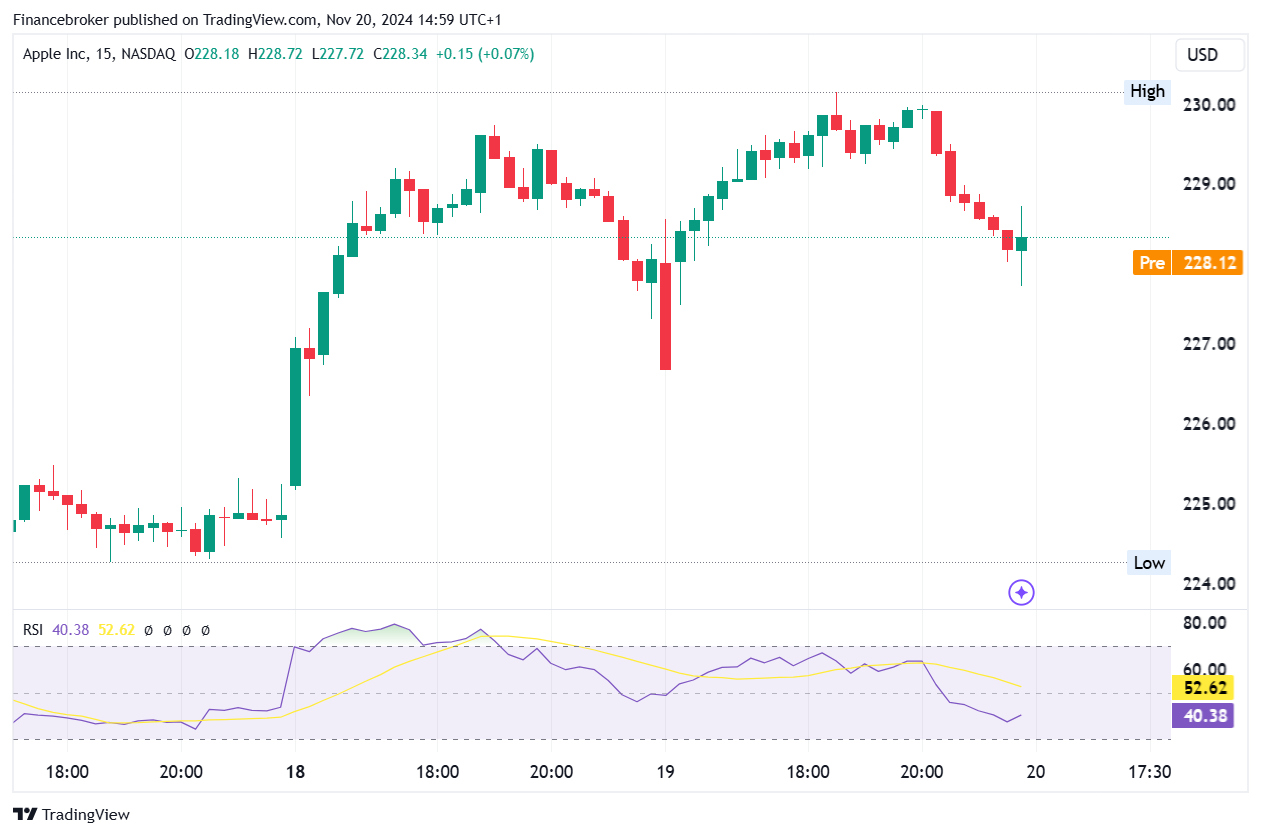
Stop Hunting in Trading: How to Avoid Becoming the Victim?
Stop Hunting in Trading: How to Avoid Becoming the Victim?
Retail as well as institutional traders use various strategies to maximize their profits in the trading world.
One such phenomenon, often perceived as a manipulative practice, is “stop hunting.” Understanding what stop hunting is and how to prevent it is vital for traders looking to protect their positions and improve their trading outcomes.
This article explores the concept of stop hunting, how it works, its impact on the market, and other details.
What is stop hunting?
To make a long story short, it refers to triggering stop-loss orders set by other traders to create market volatility and profit from the subsequent price movements. What’s important, stop-loss orders limit losses by automatically selling or buying an asset when it reaches a pre-set price.
However, when large players in the market, such as institutional traders, deliberately push the price to these levels, it forces the stop-loss orders to execute, causing rapid price changes that can be exploited for profit.
How stop hunting works
Stop hunting typically involves a number of steps described below:
Identifying stop-loss levels: Large traders spot price levels where a significant number of stop-loss orders are likely to be placed. These levels are often near recent highs, lows, or round numbers that are psychologically significant.
Pushing the price: Once these levels are identified, the large traders utilize their substantial capital to push the price towards these stop-loss levels.
Triggering stop-loss orders: As the price reaches the identified levels, the stop-loss orders are triggered. This leads to a flurry of automatic buying or selling, which augments the price movement, additionally.
Profiting from volatility: The large traders then take advantage of the increased volatility and liquidity to enter or exit positions at favorable prices, often reversing their initial trades to benefit from the ensuing price correction.
Impact on the market
It is worth noting that stop hunting can seriously affect the market:
Increased volatility: It introduces sudden and often sharp price movements, creating a more volatile trading environment.
False signals: Traders relying on technical analysis may misinterpret these manipulated price movements as genuine market signals, leading to poor trading decisions.
Losses for retail traders: Retail traders, who often lack the capital to withstand such manipulations, can incur significant losses when their stop-loss orders are triggered.
Prevention
Unfortunately, it is impossible to avoid the risks associated with stop hunting completely. Let’s assume you are a trader. However, you can use several strategies to minimize its impact:
Avoid obvious stop-loss levels:
Place stop-loss orders at less predictable levels. You should avoid round numbers or recent highs and lows that are likely targets for stop hunters.
Implement trailing stops:
Trailing stop-loss orders modify the stop level as the price moves in your favor, offering protection while allowing for potential gains.
Utilize multiple time frames:
Analyze price movements across different time frames in order to get a better view of market trends. It is desirable not to place stops based solely on short-term price action.
Monitor market depth:
You need to monitor an order book and market depth, as order book and market depth can provide insights into where significant orders are placed, helping you anticipate potential stop hunting zones.
Employ advanced order types:
It is better to use advanced order types, which aren’t visible to the broader market, reducing the likelihood of becoming a stop hunting target.
Stay informed about market conditions:
Monitoring key economic events, news releases, and market sentiment is strongly recommended to help you avoid placing stops at vulnerable times.
Risk management:
Of course, we need to mention the importance of risk management.
Ensure that your overall risk management strategy accounts for the possibility of stop hunting.
Trade with reputable brokers:
Select brokers with an impeccable reputation and transparent practices to reduce the risk of being
targeted by unethical market makers.
How to become a successful trader?
Trading in the stock market can be a rewarding but challenging endeavor. Success requires a combination of knowledge, discipline, and a well-crafted strategy.
Let’s discuss several strategies that traders can employ to navigate the complexities of the stock market and improve their chances of achieving consistent profits.
Fundamental analysis
Fundamental analysis involves evaluating a company’s financial health and business prospects by examining its financial statements, and other economic factors. The main aspects of fundamental analysis include:
Earnings reports: Traders have to analyze quarterly and annual earnings reports.
Revenue growth: They also have to look at trends in revenue to measure the company’s growth potential.
Debt levels: Evaluating the company’s debt load relative to its equity to determine financial stability.
Price-to-earnings (P/E) ratio: Comparing the company’s stock price to its earnings to understand its valuation relative to its peers.
Technical analysis
Technical analysis focuses on studying past market data, primarily price and volume, to predict future price movements. Common tools and techniques include:
Charts and patterns: Utilizing various types of charts to spot patterns such as head and shoulders, double tops, and triangles.
Indicators: Employing technical indicators like moving averages, relative strength index (RSI), and Bollinger Bands to gauge market trends and momentum.
Swing trading
Swing trading aims to capture short- to medium-term gains over a few days to weeks. What’s important, traders look for opportunities to buy low and sell high within the context of an overall trend. Key components of swing trading include:
Trend analysis: Identifying the overall market trend to align trades with the market direction.
Entry and exit points: Utilizing technical indicators to determine optimal entry and exit points.
Risk management: Setting stop-loss orders to limit potential losses and protect gains.
Day trading
Day trading involves buying and selling stocks within the same trading day in order to capitalize on intraday price movements. Successful day traders typically focus on the following:
Volatility: Trading stocks that exhibit significant price swings within a single trading session.
Liquidity: Selecting stocks with high trading volumes to ensure quick and efficient order execution.
Discipline: Sticking to a predetermined trading plan and avoiding emotional decision-making.
Position trading
Position trading is a longer-term strategy where traders hold stocks for several months to years, aiming to benefit from major price trends. Position trading combines elements of both fundamental and technical analysis:
Economic indicators: Monitoring macroeconomic indicators such as interest rates, GDP growth, and inflation to spot potential market trends.
Industry analysis: Focusing on sectors or industries with strong growth prospects.
Long-term trends: Identifying and riding long-term trends while using technical analysis to refine entry and exit points.
Diversification
Diversification involves spreading investments across various stocks, sectors, or asset classes to reduce risk. Key principles include:
Asset allocation: Allocating investments among different asset classes (e.g., stocks, bonds, commodities) to balance risk and return.
Sector diversification: Investing in multiple sectors to avoid overexposure to any single industry.
Geographic diversification: Including international stocks to benefit from global growth opportunities and reduce country-specific risks.
Risk management
It is hard to overestimate the importance of risk management. Key risk management techniques include:
Stop-loss orders: Setting stop-loss orders to automatically sell a stock when it reaches a predetermined price to limit potential losses.
Position sizing: Determining the appropriate size of each trade based on the trader’s risk tolerance and account size.
Risk-reward ratio: Evaluating the potential risk relative to the expected reward before entering a trade.
Continuous learning
In order to achieve success, you should always keep an eye on the stock market. This can include:
Staying informed: Keeping up with financial news, market trends, and economic indicators.
Education: Attending trading seminars, taking online courses, and reading books by experienced traders.
Reviewing trades: Regularly reviewing past trades to learn from successes and mistakes.
Final thoughts
Stop hunting is a practice that can significantly impact traders, particularly those who are less experienced or have smaller capital. By understanding how stop hunting works and adopting strategies to protect against it, traders can better navigate the market and improve their chances of success.
The post Stop Hunting in Trading: How to Avoid Becoming the Victim? appeared first on FinanceBrokerage.



